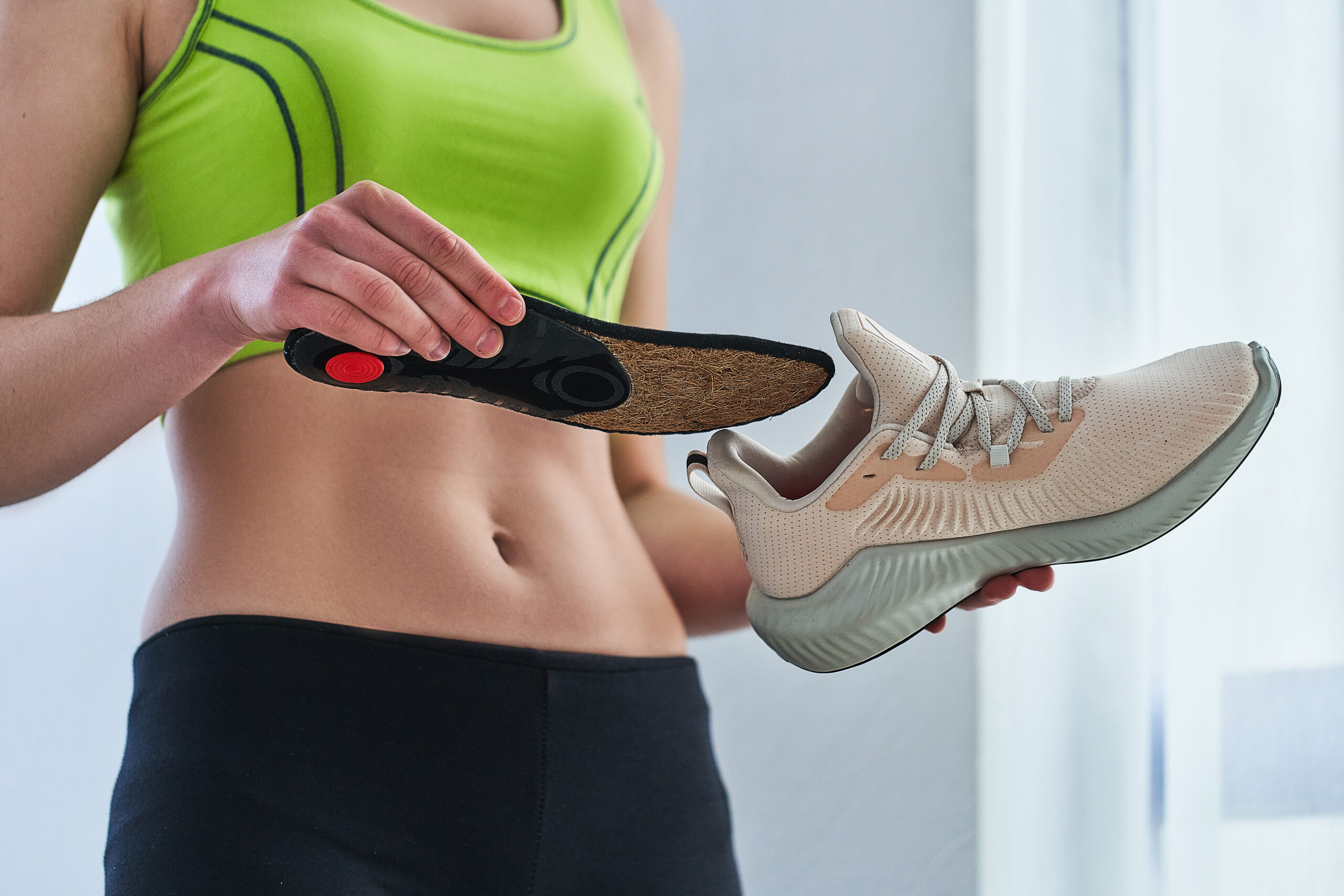Shoe-Based Biomechanical Interventions to Reduce Low Back Pain
Low back pain is one of the most common musculoskeletal complaints affecting people of all ages, often resulting in reduced mobility, lost productivity, and decreased quality of life. While there are many treatment options available—including physical therapy, chiropractic care, medications, and surgery—recent attention has turned to the role of footwear and shoe-based biomechanical interventions in managing and reducing low back pain. By addressing how the feet interact with the ground and influence body alignment, these interventions can offer a practical and non-invasive solution for individuals suffering from chronic or acute low back discomfort.
Understanding the Biomechanics of Low Back Pain
The human body functions as an interconnected system, where the positioning and movement of one part can significantly impact another. The feet are the foundation of this kinetic chain. When the feet do not function properly—due to issues such as overpronation, flat feet, or high arches—it can lead to misalignment in the ankles, knees, hips, and ultimately the spine. This misalignment increases the strain on the lower back, contributing to discomfort and pain.
Even subtle biomechanical irregularities in gait or posture can accumulate over time and lead to chronic low back pain. For example, an uneven distribution of weight while walking or standing can cause compensatory movements that stress the lumbar spine. This is where shoe-based biomechanical interventions come into play.
Types of Shoe-Based Biomechanical Interventions
Several types of footwear solutions are designed to improve lower extremity alignment and reduce stress on the lower back:
1. Orthotic Insoles
Custom or over-the-counter orthotic insoles are among the most widely used interventions for biomechanical correction. These inserts are designed to support the arch, stabilize the heel, and redistribute pressure more evenly across the foot. By correcting foot posture, orthotics can realign the body’s biomechanics, thus reducing strain on the lumbar spine and alleviating back pain.
2. Rocker-Soled Shoes
Rocker-soled shoes have a curved sole that encourages a natural walking motion and reduces the impact on joints. These shoes are particularly beneficial for individuals with limited mobility or abnormal gait patterns, as they can offload pressure from the back and promote smoother, pain-free movement.
3. Cushioned and Shock-Absorbing Footwear
Shoes that offer enhanced cushioning and shock absorption can minimize the transmission of impact forces from the ground up through the spine. Running shoes, walking shoes, and work boots designed with these features are often recommended for people who spend long hours on their feet or engage in high-impact activities.
4. Stability Shoes
For individuals with overpronation or other foot stability issues, stability shoes provide reinforced arch support and motion control. These features can correct faulty foot mechanics and, in turn, help maintain proper spinal alignment, reducing the likelihood of developing or worsening low back pain.
Evidence Supporting Footwear Interventions
Clinical research has demonstrated that shoe-based interventions can positively impact low back pain. Studies have shown that properly fitted orthotics can improve posture, reduce muscle fatigue, and decrease lumbar pain over time. In particular, individuals with identifiable biomechanical dysfunction—such as flat feet or leg length discrepancy—tend to benefit the most from these interventions.
Additionally, interventions that enhance shock absorption and support have been found to reduce the mechanical load on the spine during standing and walking, making them valuable tools in both the treatment and prevention of lower back pain.
When to Consider Shoe-Based Solutions
Shoe-based biomechanical interventions are especially beneficial for individuals whose low back pain is linked to posture, gait abnormalities, or prolonged standing and walking. They are also a good preventative measure for people in occupations that require long hours on their feet, such as healthcare workers, retail employees, and construction workers.
However, it’s important to consult with a healthcare provider or a specialist, such as a podiatrist or physical therapist, before starting any new intervention. A professional assessment can identify specific biomechanical issues and guide the selection of the most appropriate footwear or orthotic solution.
Conclusion
Shoe-based biomechanical interventions represent an effective, low-risk approach to managing and reducing low back pain. By addressing the root causes of poor alignment and gait irregularities, these interventions help support the spine and alleviate discomfort. Whether through orthotic insoles, rocker-soled shoes, or stability footwear, making the right choices in footwear can significantly contribute to spinal health. As awareness grows about the impact of foot biomechanics on back pain, these interventions are gaining recognition as a key element in comprehensive back pain management strategies.
